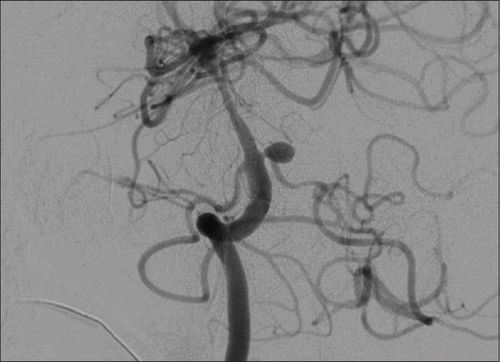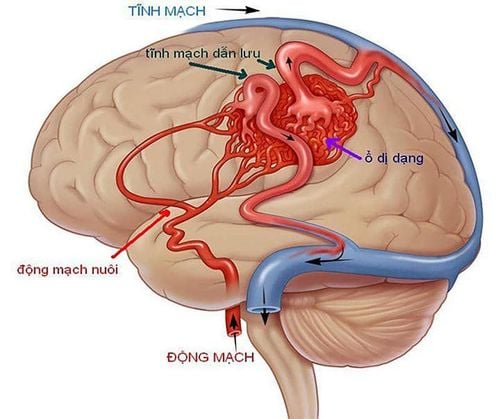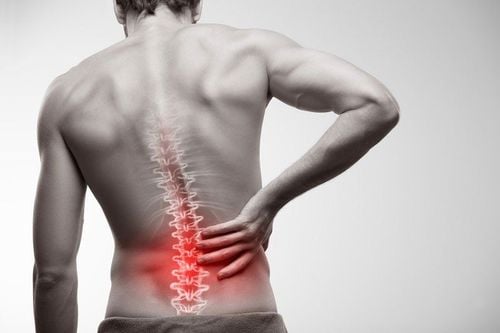This is an automatically translated article.
The article is professionally consulted by MSc, BS. Dang Manh Cuong - Radiologist - Radiology Department - Vinmec Central Park International General Hospital. The doctor has over 18 years of experience in the field of ultrasound - diagnostic imaging.Spine pain including cervical spine pain, back pain is an increasingly common pathology, appearing not only in the elderly but also in young people. Spine pain relief can be treated by many different methods, in which, using a digital imaging machine to erase the background for treatment is a modern and safe technique with high treatment efficiency.
1. Overview of spinal pain
Spinal pain is a condition in which the spine is damaged and causes pain. Spine pain is a common disease in the elderly mainly due to spondylolisthesis, disc herniation, ... however, it can also occur in young people due to accidents or injuries.Spinal pain usually appears in the following 3 places on the spine, that is, the neck, the upper back and the lower back. Regardless of location, spinal pain causes a lot of discomfort and greatly affects patients' daily activities.
2. Causes of spinal pain

Age: The elderly have osteoarthritis is one of the main causes of spinal pain. Osteoarthritis also leads to herniated discs, sciatica, arthritis, ... and causes pain in the lumbar spine. Injuries, accidents: Accidents caused by living or working can cause injuries in the spine that cause muscle tension, ligament strain, muscle spasms, bone fractures, ... and lead to spinal pain. Abnormalities in the spine: Bone structure problems such as osteoporosis, broken or bulging discs, arthritis, sciatica, congenital scoliosis, ... can all cause pain in the spine. . Pathology: Diseases in the stomach (stomach pain, stomach ulcers, stomach cancer, ...), urinary system (kidney stones, nephritis, kidney tuberculosis, kidney fluid retention, ureteral stones) , bladder stones, kidney cancer, ...), can all cause lumbar spine pain. Habits: In daily activities, the habits of sitting or standing for a long time, or sitting in the wrong posture when working, lifting or pushing, pulling the wrong way, sleeping mattress too soft or too hard, ... can also affect the spine and cause pain: In addition, there are other causes such as spinal infection, spine cancer or neuropathy causing compression, ... is also one of the causes. cause of spinal pain.
3. Manifestations of spinal pain
Depending on the cause of spinal pain, the disease will manifest in two levels, acute and chronic:Acute: Acute pain usually occurs suddenly, mainly due to carrying heavy objects, exerting effort. when working, or due to sitting in the wrong posture, standing for too long, bending over for a long time. Or pathologies in the urinary system such as kidney stones, nephritis, hydronephrosis, ... can cause sudden spinal pain. Chronic: Spinal pain, if left untreated, can lead to a chronic condition with long-lasting or recurrent pain, increasing in intensity to severe and radiating pain around the area. The pain can even make it difficult for a person to do normal movements such as turning, sitting or standing, or not being able to move at all.
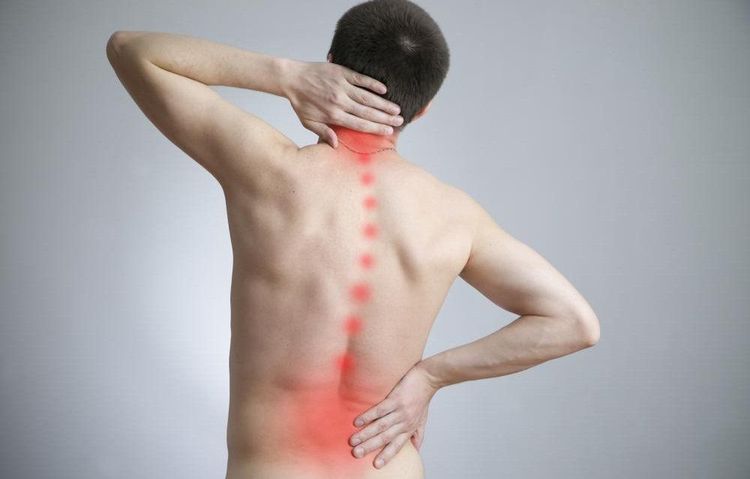
4. Spine pain relief treatment under the guidance of digital background removal
Spine pain needs to be examined, diagnose the cause and have appropriate treatment. If spine pain is caused by diseases of the stomach or kidneys, when treated, it can reduce or completely stop the pain.In the elderly, if left untreated low back pain can cause dangerous complications such as muscle atrophy, even paralysis.
In addition to the treatment of spinal pain injection under X-ray, the method of spinal pain relief under the guidance of digital erasure scanning (DSA) is also evaluated as a safe and modern technique. , which is highly effective when using an enhanced computed tomography machine for epidural osmotic injection, around the roots or at the junction of the trochanter.
4.1 The treatment process for spinal pain relief under the guidance of digital imaging to erase the background , establish an intravenous line. Step 2: Anesthetize the patient with local or general anesthesia. Step 3: Disinfect the spinal area to be punctured. Step 4: Using a needle to poke into the epidural space, depending on the indication, the doctor will poke the synaptic hole or joint space under the guidance of the DSA machine. It should be noted, re-aspiration if punctured into the epidural space, in case of aspiration of cerebrospinal fluid, it means that it is wrongly inserted into the subarachnoid space, in case of aspiration of blood, it means that it is wrongly inserted into a blood vessel. Step 5: Conduct a test injecting 1ml of contrast agent to confirm the position of the needle once inserted. Step 6: Inject 1.5ml of Depo-Medrol 40mg solution and 1ml of 2% Lidocaine solution. Step 7: Withdraw the needle and tape the place where the needle was inserted.
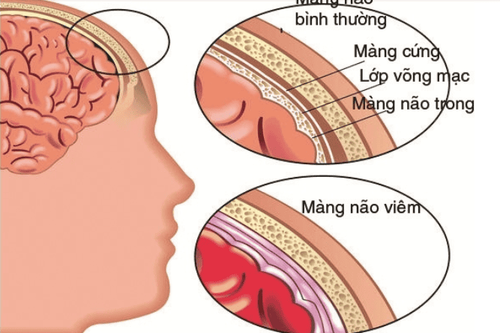
However, during the treatment of spinal pain relief with this technique, some complications may occur and the treatment direction is as follows:
Bleeding at the needle puncture site: Bandage the puncture site when bleeding is detected. blood at the needle puncture site. Soft tissue hematoma: If soft tissue hematoma is detected next to the needle puncture site, the patient should be monitored for a while. Loss of sensation in the lower extremities: This is a rare complication in the treatment of spinal pain relief by digitizing the background eraser because the patient is sensitive to Lidocaine, however, this phenomenon usually only appears transient and the patient has can return to normal after about 1 hour. Meningoencephalitis: This is also a rare complication and the patient needs to be examined by a specialist for appropriate management. Spinal pain relief treatment under the guidance of digital background removal is a modern, safe, accurate and highly effective technique in pain relief for patients.
Treatment of spinal pain under the guidance of digital background erasing is a technique that requires a high level of experience of the doctor and the perfect coordination of the patient. In order to achieve high diagnostic efficiency, patients need to choose reputable addresses with digital scanners to erase the background and have modern and standard medical equipment.
Please dial HOTLINE for more information or register for an appointment HERE. Download MyVinmec app to make appointments faster and to manage your bookings easily.





